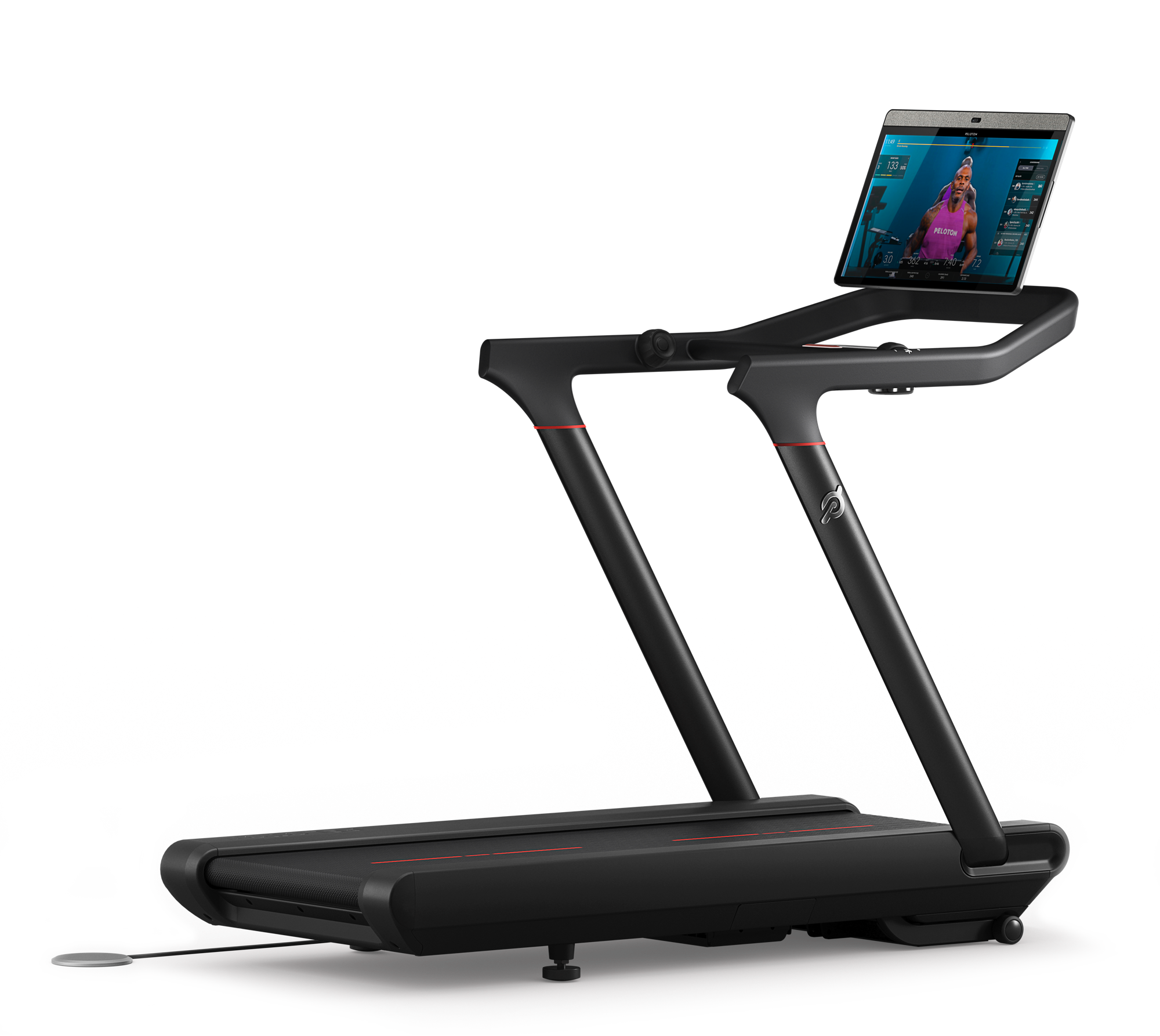
Elena Popova / Moment via Getty Images
How Long Does It Take to Run a Marathon? All The Factors That Impact Finish Time
Anyone can run a marathon—running your fastest marathon, however, takes smart training.
By Eric Arnold•
How Long Is a Marathon?
How Long Does It Take to Run a Marathon?
Factors That Influence Your Marathon Time
How to Improve Your Marathon Time
The Takeaway
So, you want to run a marathon? Great—with a solid training plan, just about anyone can do it, regardless of your age, height, or exercise history. There’s a difference, however, in running a marathon and running a fast marathon. (And hey, some people choose to walk a marathon!) After all, human bodies didn’t evolve to run that far in one go. It’s hard even for people who’ve done it several times.
Running a marathon is an incredible achievement, certainly, but myriad factors influence your ability to finish with your fastest possible time—some beyond your control.
How Long Is a Marathon?
So the story goes, marathons were inspired by an Athenian courier named Pheidippides who, in 490 BC, ran about 25 miles from the Battle of Marathon back to Athens with the message Nike (“victory”), according to the History Channel. About 2,500 years later, at the first modern Olympics in Athens in 1896, a 40km marathon was held in Pheidippides’s honor. But 40km is only 25 miles—not the 26.2 miles we know of as marathons today.
For that, you can thank the English. London hosted the Olympics in 1908, and the marathon route was set at 26 miles—from Windsor Castle to the White City Stadium. But the monarchy asked the start line to be moved back 385 yards to the East Lawn of Windsor Castle so the royal children could see the runners. Marathons have been 26.2 miles—42km—ever since.
How Long Does It Take to Run a Marathon?
Even though the first marathon was slightly shorter than today’s distance, the winner at the Athens Olympics ran a most impressive 2:58:50 time. Consider that, today, the average marathon time for beginners is about 4.5 hours (roughly 10:30 per mile), about 3.5 hours for intermediate runners (8-minute miles), and 2.3 hours for elite runners (about 5:20 per mile). But everybody is different—what’s a good pace for you might be glacial for someone else.
“My first marathon was the Long Beach Marathon in 2006 out in California,” says Peloton instructor Matt Wilpers. “My time was a 3:16:22,” but after four years running track, mostly 5Ks, at Georgia State University, “I came out to this race wanting to see if I could even do it. I really did not have a time goal.” But, Matt realized that if he could run closer to the 3-hour mark, he’d qualify for the Boston Marathon.
He achieved his goal later that year, running a marathon in Jacksonville, FL—but Matt’s marathon journey didn’t progress quite like he had in mind.
Factors That Influence Your Marathon Time
You’ve probably experienced days, whether in a Peloton class or out on a run, where you have an unexpected burst of energy and set a PR, then other days you feel great yet your body just doesn’t cooperate. Marathons work the same way. Although, there’s a bit more of a sting when a marathon doesn’t work out, because a training program typically spans several months. These are just a few factors that can influence your marathon time.
Training
The internet is full of training programs you can choose from, but what most people don’t realize, particularly before their first marathon, is how much the training can impact your body. While you can expect benefits from marathon training, such as improved cardiovascular and mental health, there are many challenges. Especially as you progress, you’ll likely experience muscle and joint soreness, a temporarily weakened immune system, and perhaps a lost toenail or two.
And remember Matt’s goal of qualifying for the Boston Marathon? “My mind and ambitions got ahead of my body and I trained myself into injury that put me out for months, and into an air cast,” he says. Matt eventually ran Boston in 2024 and clocked a 3:01, but there were plenty of hiccups in between. While gearing up for his fourth marathon, “during training I got sick a number of times. I went out with sub-3 in mind and imploded around mile 17. The rest of the race was a walk-and-jog, and I ran a 3:58:30.”
Age
According to data published in the journal Sports Medicine, the age range for running your fastest marathon is between 25 and 35. There are exceptions, of course: When Matt ran a blistering 3:01 in Boston, he was closer to age 40 than 35 (though he was at the top end of that age range when he ran a 2:54:53 in NYC in 2019).
Other reports have pegged this peak performance window to be even narrower, and depending on sex. According to a 2014 report in Age that looked at data from the 2014 NYC Marathon, “endurance runners obtained their best performance in the marathon at 27 years in men and 29 in women.” For both groups, times were 4 percent slower for every year under those ages, and 2 percent slower for every year older.
But you are your own runner, and on race day you’ll find plenty of people two decades older cruising past you and younger, fitter-looking runners fighting back tears as they walk the remainder of the race. There’s one benefit of getting older, Matt points out: “Increased mental toughness.”
The Course
All marathons are not alike. When Matt qualified for Boston the first time, he ran in Jacksonville which, along with Chicago, is known for being one of the flattest courses. Boston, by contrast, is famous for Heartbreak Hill, a half-mile ascent between miles 20 and 21 that comes right after a few undulating portions. Even experienced marathoners know that Heartbreak Hill can be their undoing.
In other words, your first marathon probably shouldn’t be Boston, Pikes Peak, Big Sur, or any of the other tough courses, such as the Inca Trail Marathon in Peru (altitude sickness anyone?), the Sahara Marathon in Morocco (bring sunscreen) or the Antarctic Ice Marathon (brrr). If you want to finish, never mind finish fast, find a marathon over relatively flat terrain.
Training on terrain similar to the race course may also help you prepare. (You can even now run the TCS New York City Marathon course on the Peloton Tread and Peloton Tread+.)
The Weather
The Philadelphia Marathon is typically overshadowed by the TCS New York City Marathon, which takes place two weeks earlier. But the 2023 TCS NYC Marathon was unseasonably warm, which proved to be a harrowing experience for thousands of runners who’d been training for months and expected temperatures in the 50s and 60s—ideal for race day. After NYC, running message boards exploded with racers wanting a “do-over.” About 48 hours after NYC, the Philly Marathon was fully booked with NYC runners seeking redemption—which they got with a cool, sunny race day.
In other words, heat is not your friend during a marathon. Your heart rate will be higher, you’ll burn energy faster, and your body will have a hard time cooling itself.
All this is to say that the marathon gods can conspire to help or hurt you come race day. “Heat and downhills late in the race seem to be what get me from a course condition and terrain point of view,” Matt says. “I find the downhills are really tough on the quads late in the race. The heat makes it hard to retain fluids and electrolytes.”
How to Improve Your Marathon Time
If you’ve already run at least one marathon and want to improve your time, there are some tried-and-true ways of achieving your goal and learning how to run faster. Some tactics are straightforward, such as picking a flat course, but you can also train specifically to achieve a negative split or deliberately train at a slow pace, as elite runners do.
Beyond that, focusing on the tips below will help you build the mental and physical strength you need to get faster.
Add in Some Cross Training
Don’t think of cross-training so much as for building strength, but for giving your running muscles and joints a rest. Matt suggests cycling, swimming, or rowing a couple of times per week. These are all low-impact cardio exercises, meaning your bones and joints aren’t taking the pounding they do during a run.
Commit to Core Strength
Your core is incredibly important for maintaining stability and preventing injury during a long run. If you already have a regular strength routine, Matt suggests adding in targeted movements like planks, bridges, twists, and leg raises. Yoga for runners will also work wonders.
Follow the Right Training Plan, with Speed Work
When training for a marathon, you typically have one long run per week and shorter ones in between. On at least one or two of those shorter sessions, Matt says, focus on speed—such as Fartlek training—but give yourself enough recovery time before your weekly long run. “It's important to include some speed work in your marathon training so that you retain the speed while you’re focusing on improving your endurance for race day,” Matt explains.
When in doubt, though, just stick with a tried-and-true training program, such as Peloton’s Road to Your 26.2, available on the Peloton App. Since 2019, Peloton has trained over 298.2K members for a marathon.

Peloton App
Access thousands of classes with no equipment needed.
Marathon training plans are based on data, not anecdotes or intuition. So, if you already know the time you want to achieve, find a training program geared to the race-day pace you want to set.
Pay Attention to Hydration and Nutrition
As Matt likes to say in his classes, food is fuel, and marathon training nutrition is no different. Even if you already prioritize eating foods rich in proteins, healthy fats, vitamins, and some carbs (and plenty of water), you’ll probably find the need to consume more calories and hydrate more as your training demands increase. “If you're not getting what you need here,” Matt says, “it will be hard to recover from even the best training sessions.”
Rest and Recover
Especially as race day approaches, sleep becomes critical. While the CDC recommends 7-8 hours of sleep per night, distance runners tend to require more like 9 or 10. The more you train, the more sleep you’ll need—Matt even relies on afternoon naps as the training gets more intense. Sleep less, and the odds are pretty certain that you will run slower on race day.
The Takeaway
Remember, even if you train perfectly, most marathons won’t go exactly according to plan. The key is putting yourself in the best possible position for success, meaning you’ll be able to pivot if the weather takes a turn or you feel a little more than your age on race day. During training, Matt says, “you have demonstrated to yourself that you are capable of holding the pace you need to achieve the time you desire. It's not magic—you need to believe you can do it.”
This content is for informational and educational purposes only and does not constitute individualized advice. It is not intended to replace professional medical evaluation, diagnosis, or treatment. Seek the advice of your physician for questions you may have regarding your health or a medical condition. If you are having a medical emergency, call your physician or 911 immediately.
Explore Peloton Treads
Level up your inbox.
Subscribe for a weekly dose of fitness, plus the latest promos, launches, and events.
By providing your email address, you agree to receive marketing communications from Peloton.
For more about how we use your information, see our Privacy Policy.














